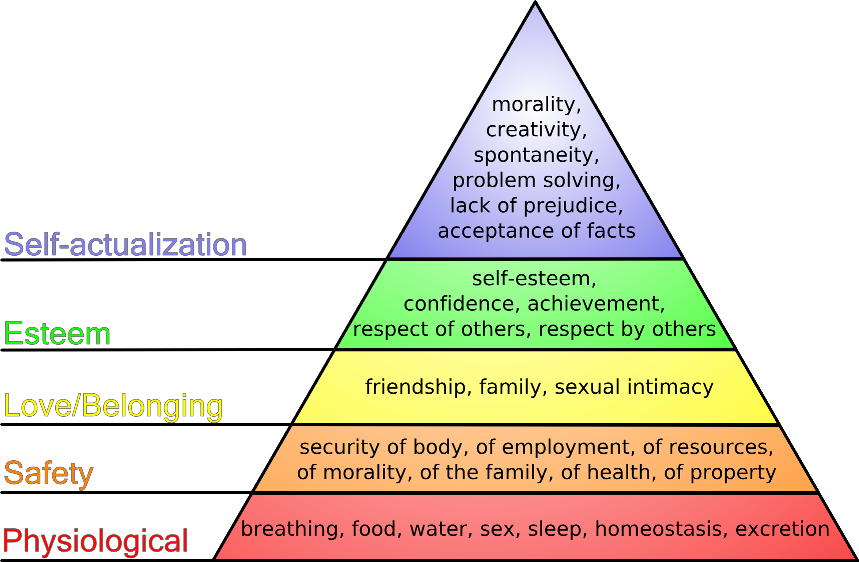I absolutely hate that term. The very idea of it in fact. In two words you have described all that is crappy about our modern day throw away society. I wasn’t always thus. I love my gadgets and things. I loved the periodic iterative updates that manufacturers made to their products which I had lusted after and eventually purchased. And repurchased. And repurchased. Then I became cynical. Who needs an iPod Mini, an iPod Touch and an iPhone? I can only use one of them at a time. By allowing planned obsolescence to even exist, not to mention functional obsolescence, we allow ourselves to be led around by the noses by companies and their marketing departments, and we will never be happy. Now I value quality above all else and will happily pay extra for something which I know will last for God knows how many years and which if it every does break for whatever reason, I can return it to the company to be repaired so that it’ll last another very very long time. Isn’t that sustainable? Build less, of higher quality and which don’t end up in a container bound for some poor third world country where people will spend their lives eeking out a shitty existence trying to recover some precious or rare earth elements from the item in a totally unhealthy environment.
I feel however that some of this behaviour falls into a classical chicken and egg scenario. Companies conduct R & D to improve their products or if it’s marketing led to create a new product or an updated version of an existing products. Obviously this incurs a cost to the company. In many cases quite a substantial cost. This cost needs to be recouped by the company before they can make a profit on the product. But, depending on the type of product, the life cycle before the next update is introduced is only a year. In that year they have to sell as many of the item as they possibly can, without impacting sales of the next update or alienating customers who bought the last item and who are now being told that the item they bought last year is inferior in every way, so that they can recoup the investment in the existing product, make it pay for itself before they introduce the next updated version and the cycle begins again. And they do. They perhaps make the item with components which will only last some incremental time more than the life cycle of the product creating a ready market for the next updated version. CYNICAL, ain’t I!? Anyway, why are they doing this? Because the measure of a company’s worth, and by extension it’s CEO/MD etc. and their salaries & bonuses is the profit and growth of the company. In order to keep their profits growing in a market that at some point must become saturated, they need clever marketing departments and R & D departments. Where did this all start? With the consumer wanting more choice? With an advertising campaign introducing us to choices we didn’t know we needed but now feel we can’t live without? With a shareholder demanding to know why the company’s turnover didn’t grow 10% in the last year? By a greedy society that expects everything to grow year on year, quarter on quarter?


Recent Comments